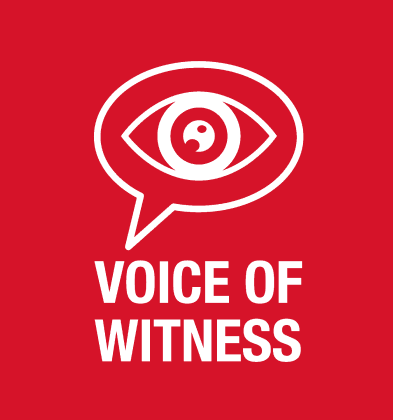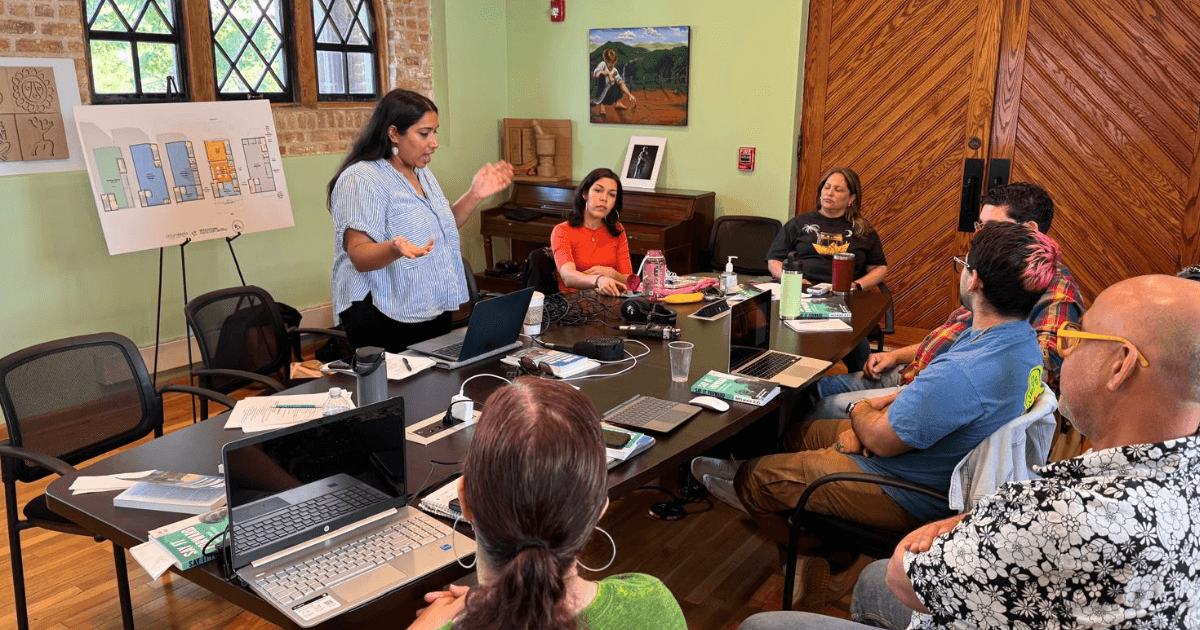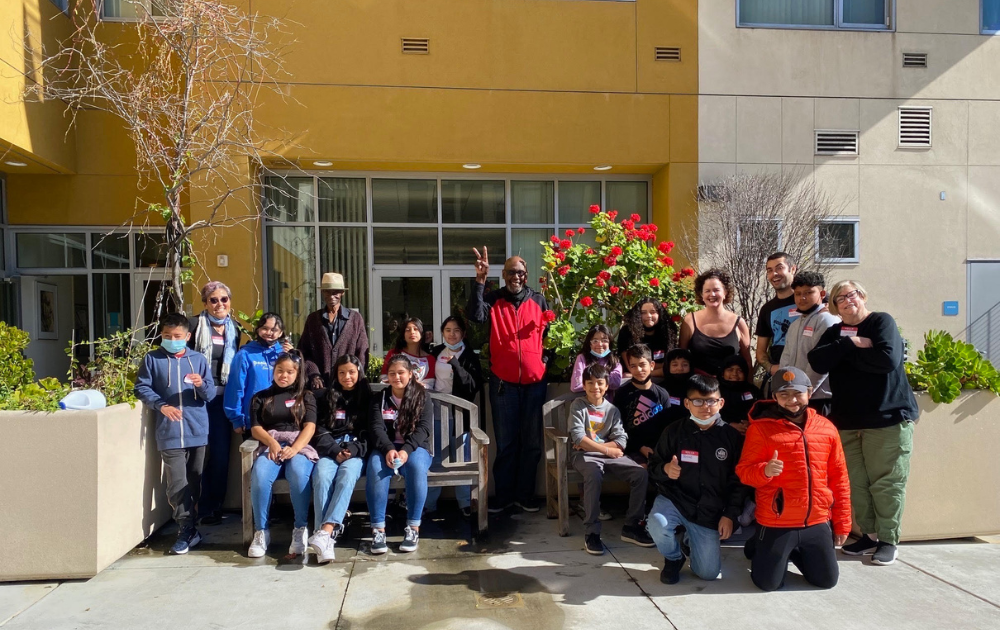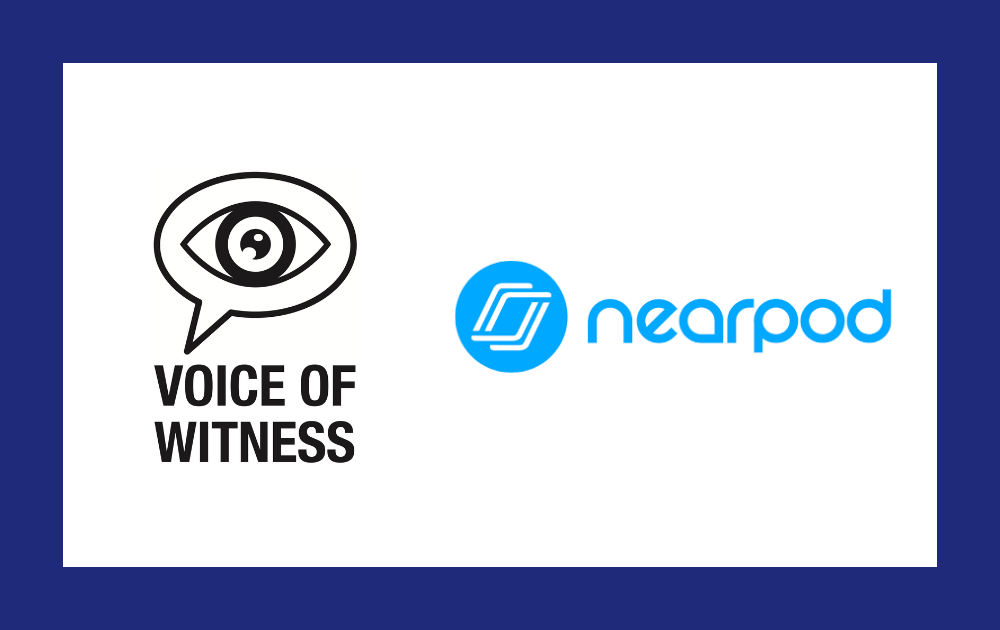
Guest Post by Roger Coble
Roger Coble is a recent graduate from UC Berkeley who participated in the hear/say course that Voice of Witness coordinates with the Global Brain Health Institute (GBHI) at the University of California, San Francisco’s Memory and Aging Center (UCSF MAC) and Trinity College Dublin. Below, Roger reflects on his experiences with the hear/say project, which uses oral history to shed light on the personal and rarely heard day-to-day experiences of aging and dementia.
My journey with hear/say began when I stumbled upon the project while perusing the UCSF Memory and Aging Center’s webpage. I was intrigued because the hear/say project seemed so genuinely human—it is all about sharing people’s stories. This became real when I met the hear/say team and could feel their passion radiating through the smiling faces in my Zoom window.
As a volunteer at the Memory and Aging Center (MAC) passionate about using my family’s experience with dementia to bring equitable support to those with dementia and their caregivers, I was extremely privileged to connect with the hear/say team and participate in the Global Brain Health Institute (GBHI) hear/say summer elective course. When I was first introduced to the project, I didn’t realize the profound impact that my involvement would have on my personal life or future. I joined this project to engage with and help empower those impacted by an experience that was all too familiar, yet my involvement ended up also being a month-long journey of healing, connection, and empowerment for me and my family as well.
The hear/say project gave me the opportunity to create the space to listen to my father’s experience of my Grandmother’s dementia. At first this seemed odd because I lived through it alongside him. Yet, I soon realized that as much as I saw or experienced myself, it was not genuine to his experience, and it was this assumption that stopped me from making space earlier on to truly hear his story. I quickly learned that in the oral history process, there exists a tension between being intentional while still fostering a natural and comfortable environment. Even navigating this with my own parent initially felt difficult: how could I ensure that this process felt like more than a casual conversation, but not as formal as an interview for a school project?
When faced with these challenges, it was the warm and thoughtful guidance of my hear/say mentors and classmates that allowed me to embrace and navigate this process. One answer was so simple that it almost seemed too obvious to work. We were advised to bring a treat to share with our narrator. Whether a warm drink, sweets, or something else, the advice was to start the conversation through sharing a comforting snack. This gesture especially hit home for me as it brings up the spirit of my grandmother, Nanny, whose dementia my dad and I spoke about during our interview. In her Jewish New Yorker fashion, Nanny heavily valued the connection that food can foster between people. Using this, my dad and I were able to ground ourselves in the moment and begin our journey through his narrative in the spirit of “Nanny” through sharing a cup of coffee, embracing the warmth we felt in that moment.
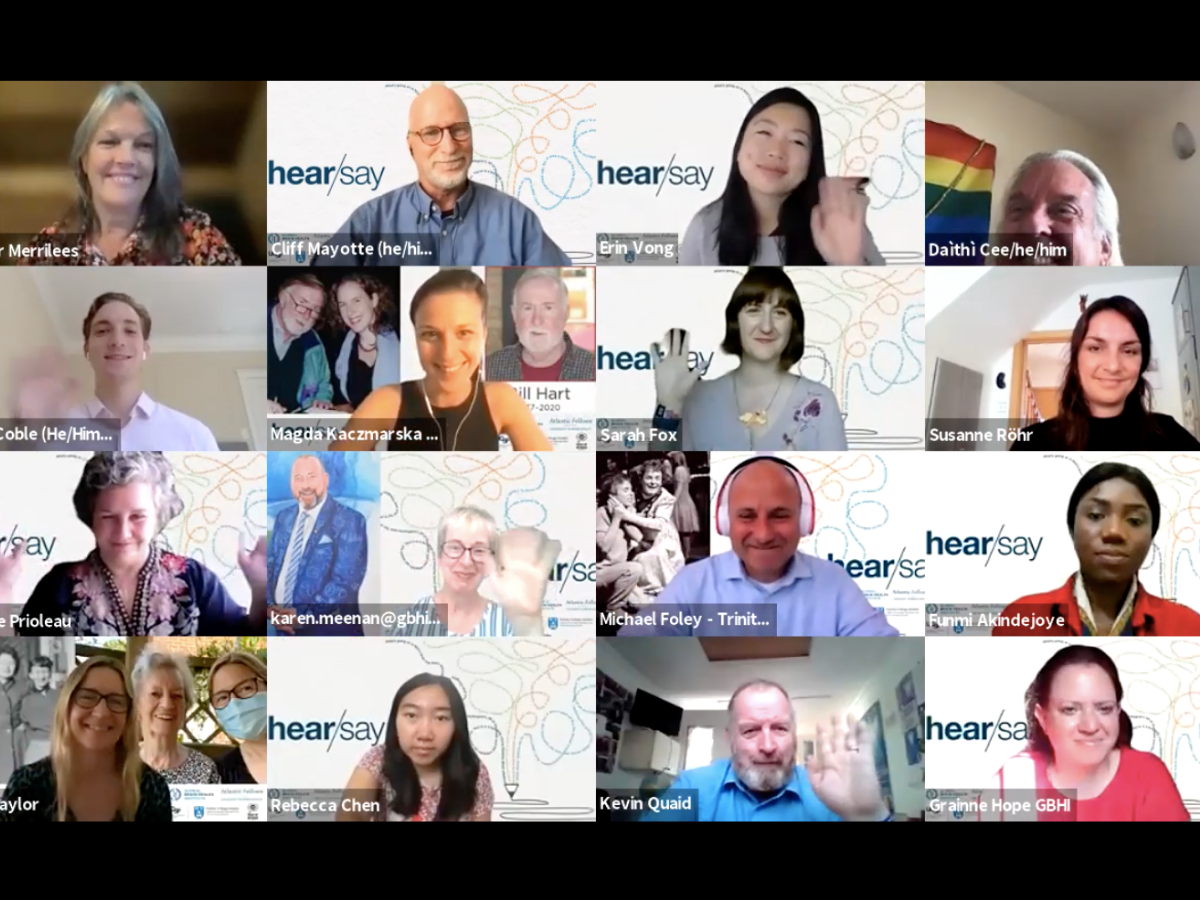
At the project’s Reader’s Theater event, I was given the space and honor to publicly share my father’s story of his impactful journey with my grandmother and their experience of her dementia. Going into this process, I could tell that my dad saw the positive nature of the hear/say project, yet there was always the underlying feeling that this was a favor he was doing for me rather than an outlet for him to feel empowered in sharing his story. As we embarked on this journey together through our interview and then the editing process that followed, this feeling started to diminish. After reading his story at the Reader’s Theater, I received a message from my dad expressing how powerful this process was and how much seeing me share his story meant to him, and I immediately became overcome with emotion. Minutes later, I shed tears as I shared feelings of pain, familiarity, and joy while listening to another individual’s story, and soon found out that my dad did as well when hearing the narrative of someone else in the cohort. It was in these moments that I realized just how transformative this experience was for everyone involved. It was shared humanity and connection.
This impact shouldn’t have been so surprising, as it really is right there in the project’s name: “hear/say”—two of the most fundamental ways we experience this world as humans. Hear/say is not meant to push individuals experiencing the everyday realities of dementia to tell their stories so that others can then listen to them, otherwise it would be called “tell/listen.” The name “hear/say” is fitting because the stories of individuals’ diverse and dynamic experiences with dementia exist around us everyday. However, these narratives continue to appear foreign to many of us because in order to truly be aware of a story, we must first intentionally take the time to hear it. It is by making the space to hear people that we then empower them to say their stories, and within these stories their experiences with dementia are thus illuminated—the laughter, tears, love, frustration, loneliness, beauty. It is their personal truths that allow us to carry this understanding into the surrounding world. What makes this iterative process meaningful and empowering for all involved is that it is so genuinely human. Because in order to say something, we must first feel heard, and to feel heard in this world is to feel respected, loved, and appreciated.
